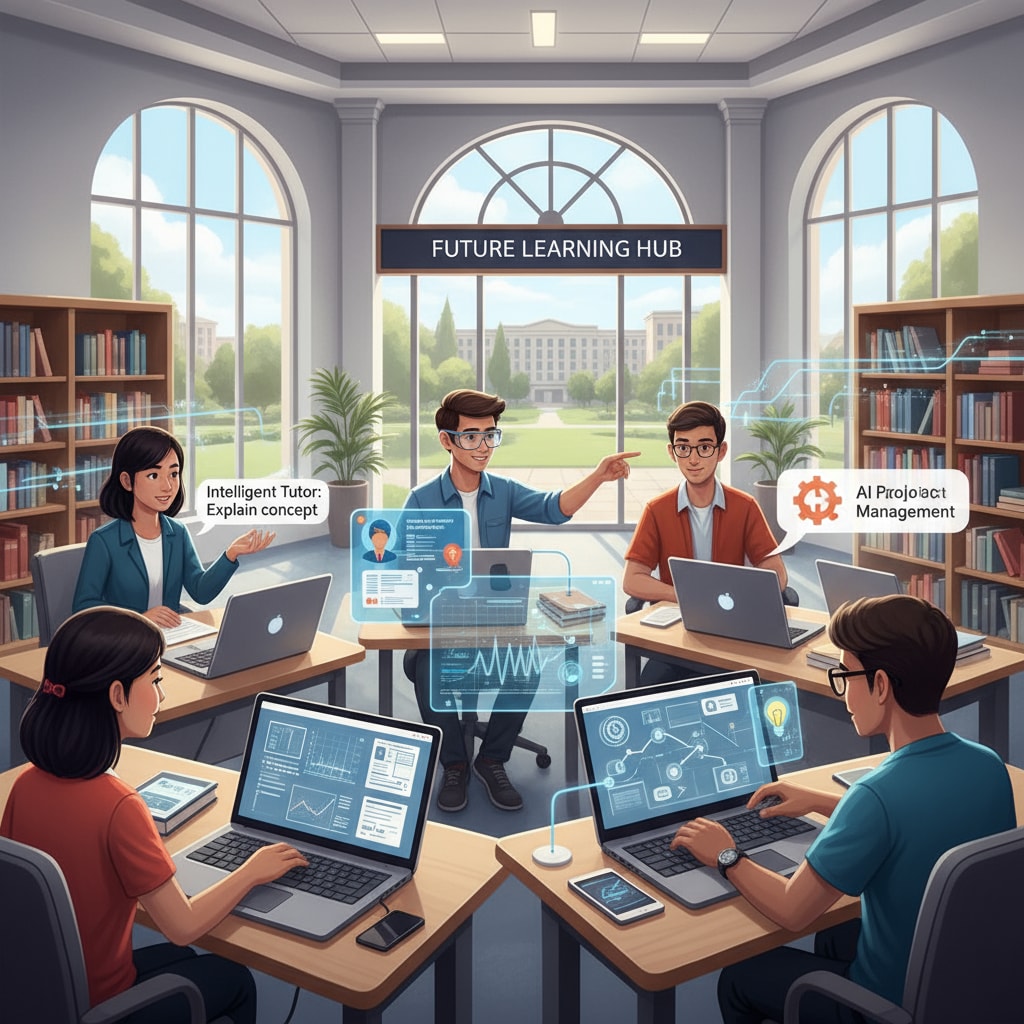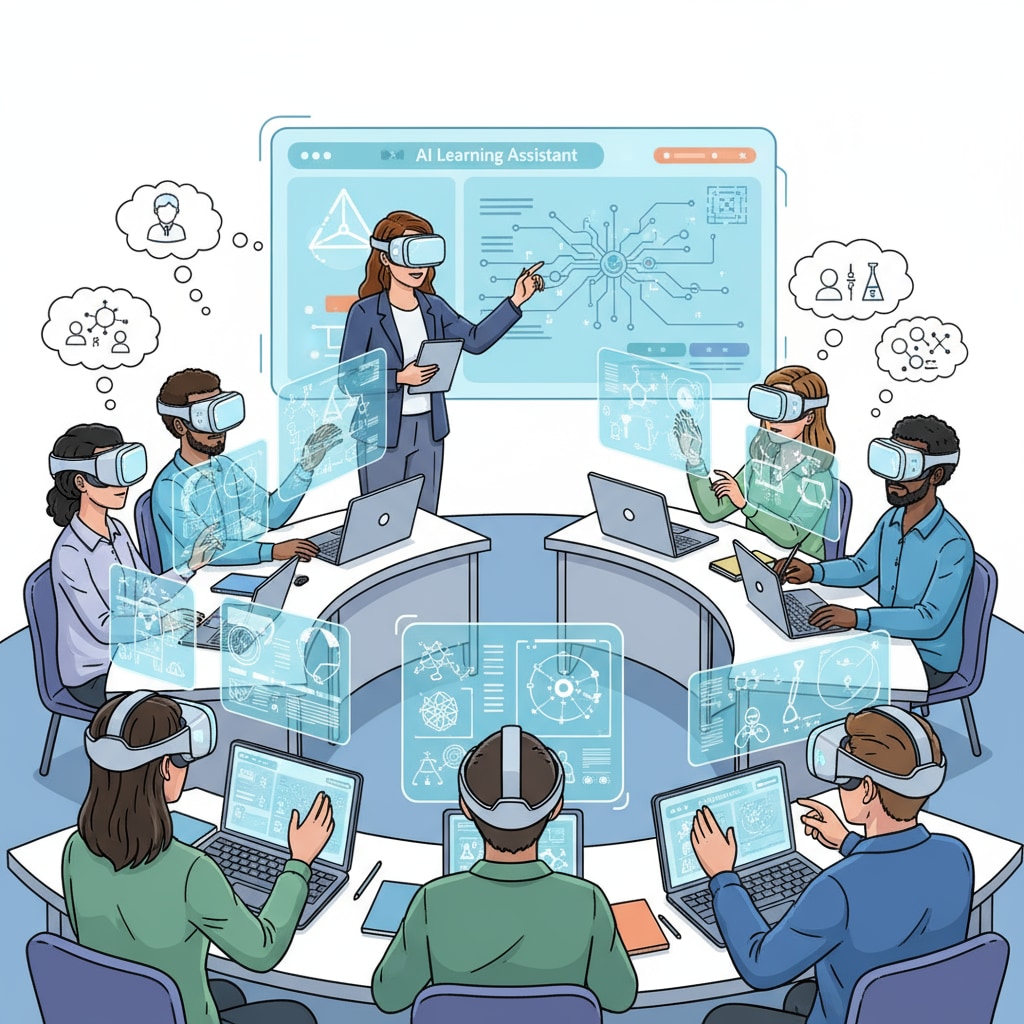The rapid advancement of artificial intelligence is bringing about a seismic shift in higher education, profoundly influencing the future of universities. As technology continues to evolve, its integration into the educational landscape is becoming increasingly inevitable.

The Transformation of Teaching Methods
AI is revolutionizing traditional teaching methods. For example, intelligent tutoring systems can provide personalized learning experiences for students. These systems adapt to each student’s learning pace and style, offering targeted instruction. According to Britannica’s entry on artificial intelligence, AI can analyze vast amounts of data on student performance, enabling educators to tailor their teaching strategies more effectively. In addition, virtual reality (VR) and augmented reality (AR) technologies, powered by AI, are creating immersive learning environments, making complex concepts more tangible for students.

Redefining the Student-Teacher Relationship
The relationship between students and teachers is also undergoing a transformation. With AI taking on some of the routine teaching tasks, educators can focus more on mentorship and guiding students’ critical thinking. Instead of being the sole providers of information, teachers are now facilitators of learning. However, this shift also requires teachers to upskill and adapt to new roles. As stated in Wikipedia’s page on artificial intelligence in education, the new dynamic demands a different set of skills from both students and teachers to make the most of AI in the educational process.
Another aspect is that students can access information and support at any time through AI-powered chatbots. This means they can get immediate answers to their questions, reducing their dependence on teachers for basic information.
Readability guidance: In this article, we’ve used short paragraphs to make the content more digestible. For each H2 section, we’ve presented key points clearly. We’ve also kept the passive语态 to a minimum and used transitional words like ‘however’, ‘for example’, and ‘in addition’ to enhance the flow of the text.


